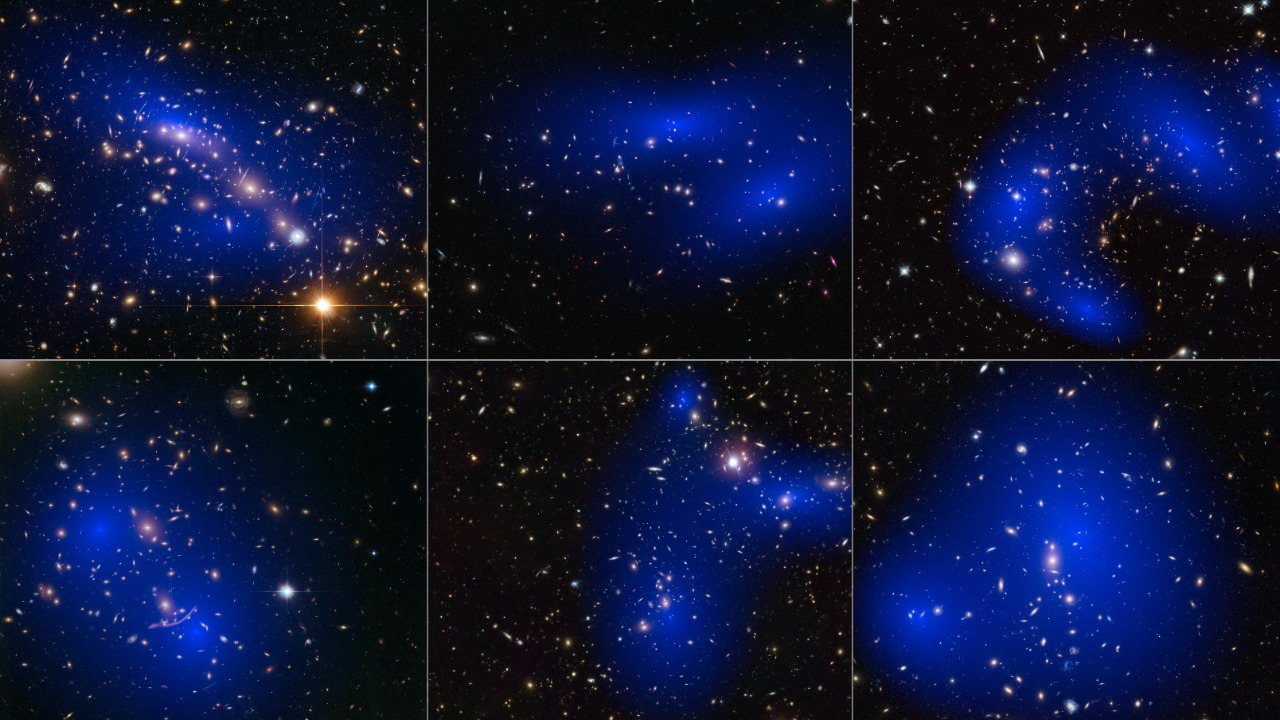
In a significant stride towards understanding the universe’s elusive dark matter, scientists have potentially identified the smallest clump of this invisible substance ever observed. Despite being the smallest, this clump still weighs a staggering million times more than our Sun. This discovery, announced on October 19, 2025, underscores the ongoing efforts to map the universe’s invisible skeleton, building on the advancements made in dark matter research since February 11, 2022.
The Nature of Dark Matter
Dark matter, the unseen component that makes up about 85% of the universe’s mass, is detectable only through its gravitational effects. It neither emits nor absorbs light, making it invisible to our current observational tools. This elusive substance plays a crucial role in shaping the universe, forming large-scale structures like galactic halos and smaller substructures. These structures, in turn, influence the formation of stars and galaxies, despite their invisibility.
Our understanding of dark matter has been significantly enhanced through advanced simulations that have allowed scientists to zoom in on its structure, revealing the invisible skeleton of the universe.
Details of the Recent Discovery
The recently discovered clump of dark matter is the smallest such structure detected to date, with a mass equivalent to one million Suns. Despite its enormous mass, the object is completely invisible, making it challenging to observe directly. Scientists have had to rely on indirect methods like gravitational lensing to detect its presence.
The announcement of this discovery was made on October 19, 2025, as reported by ZME Science.
Detection Methods Employed
The detection of this dark matter clump was made possible through the use of gravitational microlensing. This technique allows scientists to identify the influence of the dark matter clump on background stars, revealing its presence without visual confirmation. By analyzing data from deep space observations, astronomers were able to pinpoint this million-sun-mass anomaly on October 12, 2025.
The location of this mysterious object was identified through deep space observations, as reported by ScienceDaily.
Significance of the Clump’s Size
Despite being a million times the mass of the Sun, this dark matter clump is significantly smaller than larger dark matter halos. Its discovery, therefore, marks a significant milestone in our understanding of dark matter structures. The existence of such a small clump suggests that similar structures could be more common than previously thought, potentially reshaping our understanding of dark matter distribution.
The scale of this mysterious object was reported on October 13, 2025, by the New York Post.
Broader Implications for Cosmology
This discovery has far-reaching implications for our understanding of the universe. It refines our models of the universe’s invisible framework and could potentially affect predictions about galaxy formation. The finding also builds on earlier work on zooming in on dark matter structures from February 11, 2022.
Such small clumps of dark matter play a crucial role in the overall dark matter skeleton of the universe, as discussed in a report by the Harvard-Smithsonian Center for Astrophysics.
Challenges and Future Research
Despite the significance of this discovery, confirming the dark matter nature of the object presents its own challenges. Distinguishing it from other invisible phenomena, such as black holes, requires careful analysis. Future observations using advanced telescopes will be crucial in gathering more data on similar million-sun-mass structures and confirming their nature.
The ongoing efforts to verify the nature of this object were reported by ZME Science on October 19, 2025.